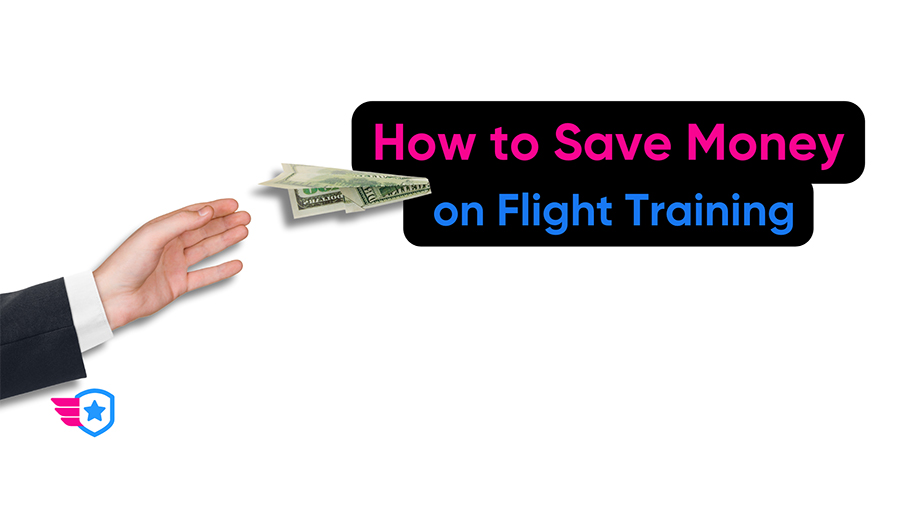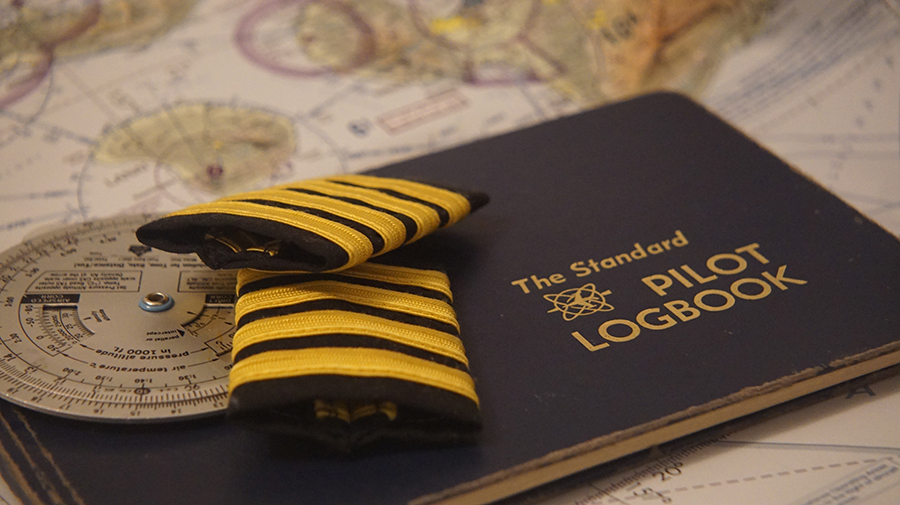It’s no secret that learning to fly is a substantial investment. But with careful planning and strategic decisions, it’s entirely possible to earn your wings without breaking the bank.
This comprehensive guide will provide practical tips on how to save money on flight training and maximize every dollar spent.
Key Takeaways
- Balance cost and quality when choosing a flight school.
- Prepare for each lesson to maximize in-flight training time.
- Use flight simulators to master maneuvers and procedures.
- Pass your exams the first time.
- Use a remote CFI to supplement in-person flight training.
- Consider flight training loans and scholarships.
Choose the Right Flight School

The choice of flight school makes the most significant difference in how much you spend. Not all flight schools are created equal, and their pricing structures can vary considerably.
But the cheapest option isn’t always the best, and it may cost you more in the long run.
For example, a cheaper flight school will use older aircraft and less experienced instructors. This could lead to delays in your training due to maintenance or efficiency issues.
A more experienced instructor could teach you more in less time. And you may also need to delay or cancel lessons due to aircraft maintenance problems.
It’s crucial to find a balance between cost and quality.
Start by researching flight schools in your area and their pricing structures. Some schools offer pay-as-you-train rates, while others may have a flat rate for an entire course or a block of flight hours.
Make sure to ask about hidden fees, like fuel surcharges or insurance costs, which can add up.
Consider the quality of the aircraft, the availability of instructors, and the school’s reputation. Online reviews and firsthand accounts from other students can provide valuable insight.
Remember, well-maintained aircraft and experienced instructors might cost a bit more, but they’re worth the quality of training you’ll receive.
Prepare for Each Flight
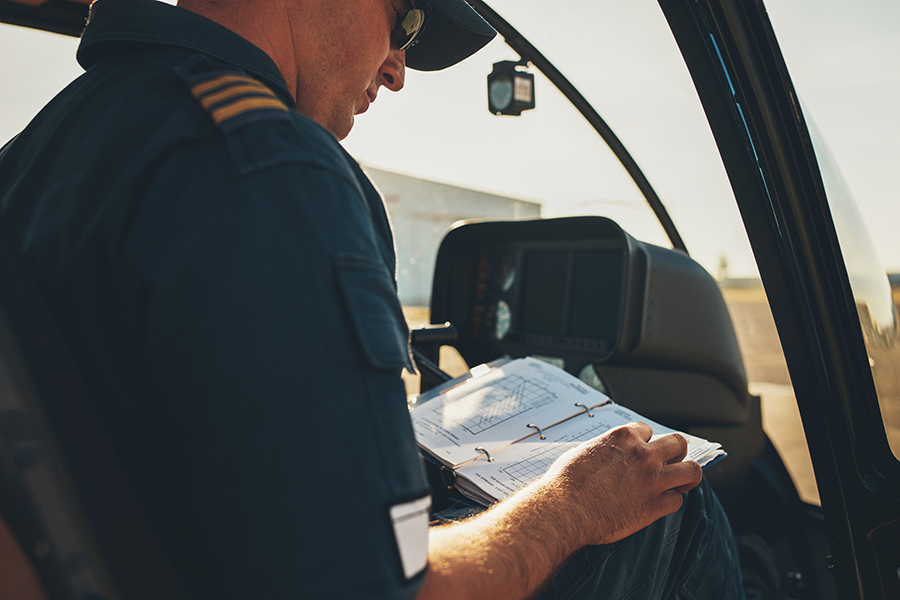
You’re paying for every minute in the air, so make sure you’re maximizing your in-flight training time.
If you need to repeat lessons because you aren’t prepared, the cost of your training will quickly ramp up.
Before you head to the airport, ensure you understand the flight’s objectives and what maneuvers you’ll be practicing.
Ensure that you understand the theory and practical aspects involved so that you can focus on flying.
Furthermore, keeping an organized binder or digital folder of your flight training materials can help you stay on top of your study materials and prep work. This includes checklists, navigation logs, and notes from your flight instructor.
The more organized you are, the more smoothly your training flights will go.
Lastly, consider scheduling your flights effectively. This might mean booking longer, less frequent flights, which allows more time for meaningful practice and less time spent on pre- and post-flight routines.
Remember, a prepared pilot is an efficient pilot. By doing your homework and using your time wisely, you can save money, accelerate your training, (and impress your instructor).
Utilize a Simulator
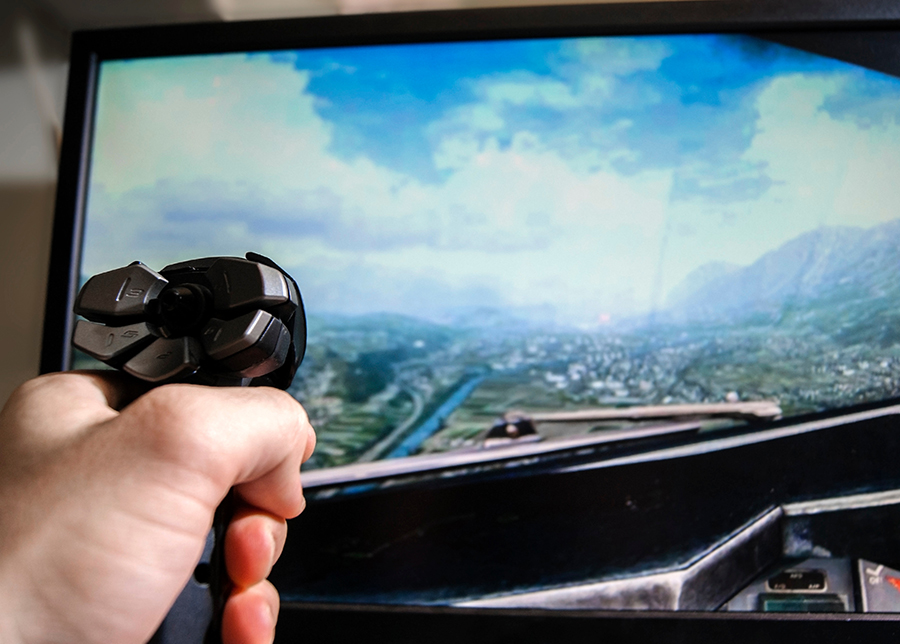
Simulator training can be a game-changer when it comes to saving money on flight training.
It costs significantly less per hour compared to actual flight time and allows you to master complex maneuvers and procedures in a controlled environment.
Consider using a simulator to practice maneuvers, radio calls, emergency procedures, and instrument work. You can rehearse these as many times as you like without worrying about the cost of fuel or an instructor.
It’s an excellent way to solidify your understanding and build confidence before doing the same in an actual aircraft.
Remember that while a simulator can closely mimic real flight, it’s not an exact replica. Use it as a tool to understand procedures and build muscle memory, but anticipate some differences when flying the actual aircraft.
Simulators can also help you stay proficient during bad weather or maintenance downtime. It’s a cost-effective way to keep your skills sharp without leaving the ground.
So, embrace the power of simulators! They can help you learn faster, stay current, and save money.
Pass Your Exams the First Time
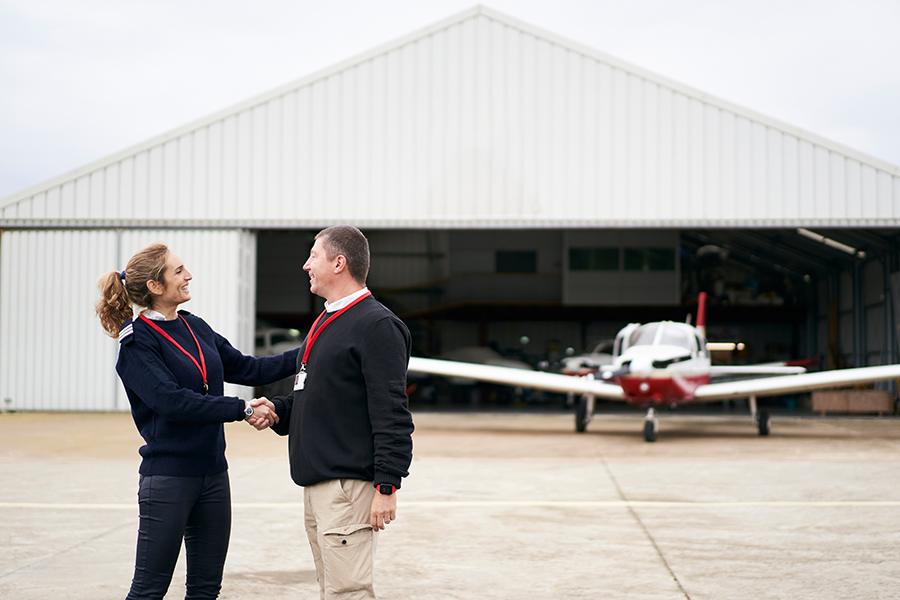
When it comes to saving money on flight training, one often overlooked area is the written and practical exams. Retaking tests can quickly add up, both financially and in terms of time spent.
To ace your exams the first time, take advantage of all the study resources available.
Use ground school to nail down the theoretical knowledge required for the written exam. Engage with your instructors during these sessions, ask questions, and seek clarification on anything that’s unclear.
Consistent practice and review are the best preparation for your practical exams. Understand the test standards and what the examiner will expect from you. Make sure to take mock check rides with your instructor to simulate exam conditions and get feedback on your performance.
Online resources, such as exam prep websites, are your secret weapon. They have practice questions similar to what you’ll see on the actual test, helping you get comfortable with the format and type of questions you’ll encounter.
Lastly, take care of your physical and mental well-being before the exam. Get plenty of sleep, eat well, and ensure that you are well-rested before the exam or check-ride. A well-rested and focused mind will perform much better than an exhausted one.
Passing your exams the first time saves you money and boosts your confidence. So study smart, practice consistently, and go into your exams well-prepared and ready to succeed.
Use a Remote CFI

In the digital age, you don’t always need a Certified Flight Instructor (CFI) right next to you to gain valuable insights and improve your flying skills. A remote CFI or online coach can be a cost-effective way to enhance your flight training.
A remote CFI is an experienced flight instructor who can provide guidance, feedback, and instruction over video calls or other online platforms. You can share your flight recordings, plan your flight training, discuss complex concepts, or debrief real-life flights.
The cost of hiring a remote CFI is lower than what you’d pay for a traditional in-person instructor.
This arrangement also offers greater flexibility, as you can schedule meetings at times that work best for you, without the constraints of aircraft availability or weather conditions.
Using a remote CFI doesn’t mean you’re sacrificing quality for cost. These are experienced professionals who can provide a different perspective on your flight. They may catch things others have missed or provide new insights to help you become a better pilot.
But a remote CFI isn’t a replacement for in-person instruction. Use them as an additional resource to maximize your flight training alongside traditional instruction.
Use Financing

Despite all your efforts to save, flight training can still carry a hefty price tag. But don’t let this deter you from pursuing your dreams of flight.
Financing and scholarships can be excellent ways to ease the financial burden and make your training more affordable.
There are numerous loan options available specifically for flight training. These loans are designed with the unique costs of flight training in mind and can be a good option if you can’t afford to pay out of pocket.
Remember to compare different lenders, read the fine print, and understand the repayment terms before signing the dotted line.
Alternatively, there are numerous scholarships available specifically for aspiring pilots. Organizations like the Aircraft Owners and Pilots Association (AOPA), the Experimental Aircraft Association (EAA), and Women in Aviation International (WAI) offer scholarships for various stages of flight training.
Local aviation clubs, foundations, and flight schools may offer scholarships or favorable payment plans.
Keep in mind that these scholarships aren’t just for high school students. Many are open to all age groups and different stages of training, from initial pilot training to advanced certificates and ratings.
Applying for scholarships takes time and effort. You’ll typically need to write an essay or personal statement, provide letters of recommendation, and show evidence of your dedication to flight training. But the potential financial assistance is well worth the investment.
Final Thoughts
Your dream of flying doesn’t have to break the bank.
At Pilot Institute, we’re committed to helping you achieve your aviation dreams in the most cost-effective and efficient way possible.
Our extensive resources and comprehensive courses will do exactly that.
Explore our range of airplane courses and invest in securing your dream of becoming a pilot.
